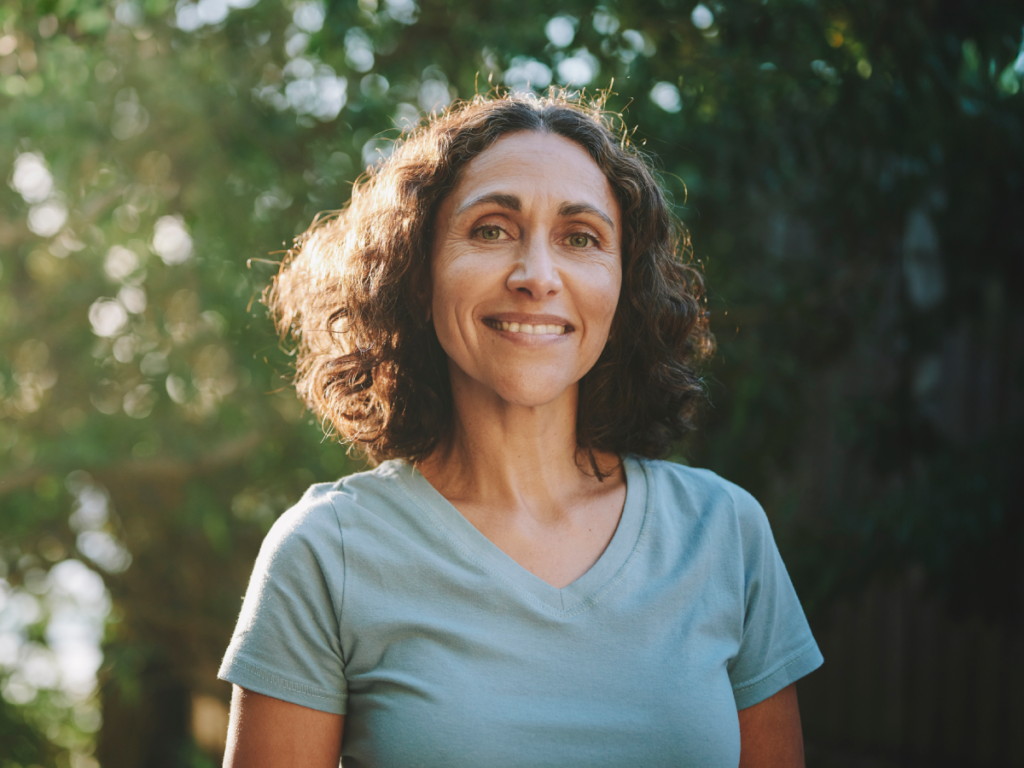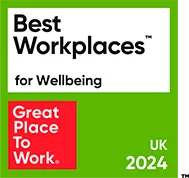Bringing People Home - Lisa’s Transition to Community Life
Lisa is a kind and compassionate woman who brings love and warmth to everything she does. She spent almost three decades in institutional care, experiencing complex mental health challenges and difficulties with self-care. Her freedom to make decisions about her own health and well-being was significantly restricted, impacting her human rights.
Today, Lisa lives in her own home, embracing the joy and freedom of living life on her own terms.
Lisa’s Story
Lisa spent almost 30 years in institutional care, isolated from her community. During this period, she faced complex mental health challenges and struggled with self-care, having minimal control over her life, decisions, and future. Although the institution provided necessary care, it also restricted Lisa from everyday experiences and personal freedom, impacting her fundamental human rights. Known for her compassionate nature, Lisa often put others’ needs before her own well-being, which further affected her mental health.
The main challenge was facilitating Lisa’s transition from the hospital to the community while encouraging her to make personal choices, build a sense of inner security and nurture her independence.
The Holistic Approach
LD Network’s Community Transition Services (CTS) embraced a holistic and person-centred approach to transition Lisa from the hospital to the community. The process started with a focus on understanding Lisa’s unique personality, needs, and strengths.
Amy Butler, a Positive Behaviour Support (PBS) specialist, led a team that included community psychiatric nurses, registered managers, and a multidisciplinary group of occupational therapists, speech and language therapists, and multimedia specialists. This skilled team effectively collaborated to assess Lisa’s needs and develop a comprehensive care plan.
The team participated in ward rounds at the hospital to gain insights into Lisa’s behaviours and identify potential triggers. Lisa actively created her PBS plan with the therapy and hospital teams, which was key to supporting her autonomy.
A phased transition strategy was implemented, where support workers first shadowed the hospital teams before providing one-on-one support. This method helped build rapport and trust, which were crucial for Lisa’s successful transition. At the same time, her new home was carefully adapted to ensure safety and comfort, in line with her preferences.
“We analysed all the behavioural data and looked at the triggers for her behaviours. We’re trying to find out what’s causing the behaviours and the maintained consequences of those behaviours because behaviour is functional; there’s always a reason behind the behaviour. If we can work out the reason behind it, we can put some interventions in place to make sure that behaviour is met in a different way so that she doesn’t have to show those behaviours.”

Ensuring Effective Transition with Multimedia Support
Change can be overwhelming, and for Lisa, who had spent almost three decades in institutional care, the anxiety about moving was significant. Many questions were racing through her mind: “When will I leave?” “What will my house be like?”, “Who will travel with me?”. To address these worries, the multimedia team employed a creative approach. They created a video animation social story, which engaged Lisa directly.
Lisa was invited to help create video animation avatars of herself. She was immediately interested, specifying details like a flower in her hair and a pink onesie, which were quickly added. Avatars of her key support team were also made, further involving her in the process.
A storyboard and timeline for the transition were developed, incorporating photos of her new home and the hospital. The video animation addressed all her questions and eased her anxieties. The narration was provided by one of the key members of her support team, adding a personal touch.
The video covered all aspects of the transition, including dates, transportation, her new home, her support team, and the move’s duration. It was shown to Lisa a few weeks before the move, and she responded positively, quickly grasping the plan. Lisa had unlimited access to the video, allowing her to watch it as often as needed, providing consistent information and significantly alleviating her anxieties.
When the big day arrived, Lisa’s anxieties were notably reduced, and the transition was successful. The multimedia approach proved crucial in making Lisa’s transition smooth and will continue to be a valuable resource as she faces future changes.
Lisa’s Positive Outcomes
Lisa’s journey has been truly inspiring. At first, she was hesitant to leave her bedroom, but over time, she began to explore her home, garden, and, eventually, the broader community. With the team’s ongoing reassurance and support, she built confidence and a sense of inner security.
Today, Lisa enjoys a more independent and fulfilling life, with a significant reduction in behaviours of concern. She went from experiencing hourly incidents in the hospital to spending weeks without any, demonstrating both her resilience and the effectiveness of person-centred care.
“In February 2024, there were eight incidents, but none resulted in restrictive physical interventions. In the hospital, incidents ranged from 10 to 48 monthly. The significant difference now is that Lisa is given time and can calm down by herself.”
– Amy Butler, PBS Specialist and Therapies Team Lead
Maintaining a consistent team from the start enabled us to provide Lisa with reliable support, fostering a trusting relationship and helping her recognise and address her own needs.
Lisa’s story illustrates the principle that everyone deserves to feel safe, valued, and empowered to live their best life. With ongoing support, Lisa’s goal is to fully embrace her independence and build a future filled with joy and a strong sense of community.
HIGHLIGHTS
- More independent and fulfilling life in the community
- Active participation in care planning and making personal choices
- Improved mental health and reduction of behaviours of concern
Bringing People Closer to Home
LD Network is committed to ensuring a safe and effective transition from hospital to community care for autistic people, people living with a learning disability and mental health needs.
Our community transition services focus on supporting people to develop the confidence, skills, and independence needed to lead fulfilling lives at home and within the community. We are committed to guiding healthcare providers to ensure they can continue offering support as long as necessary. Our objective is to avoid hospital readmission by addressing unexpected challenges and crises with effectiveness and empathy.

